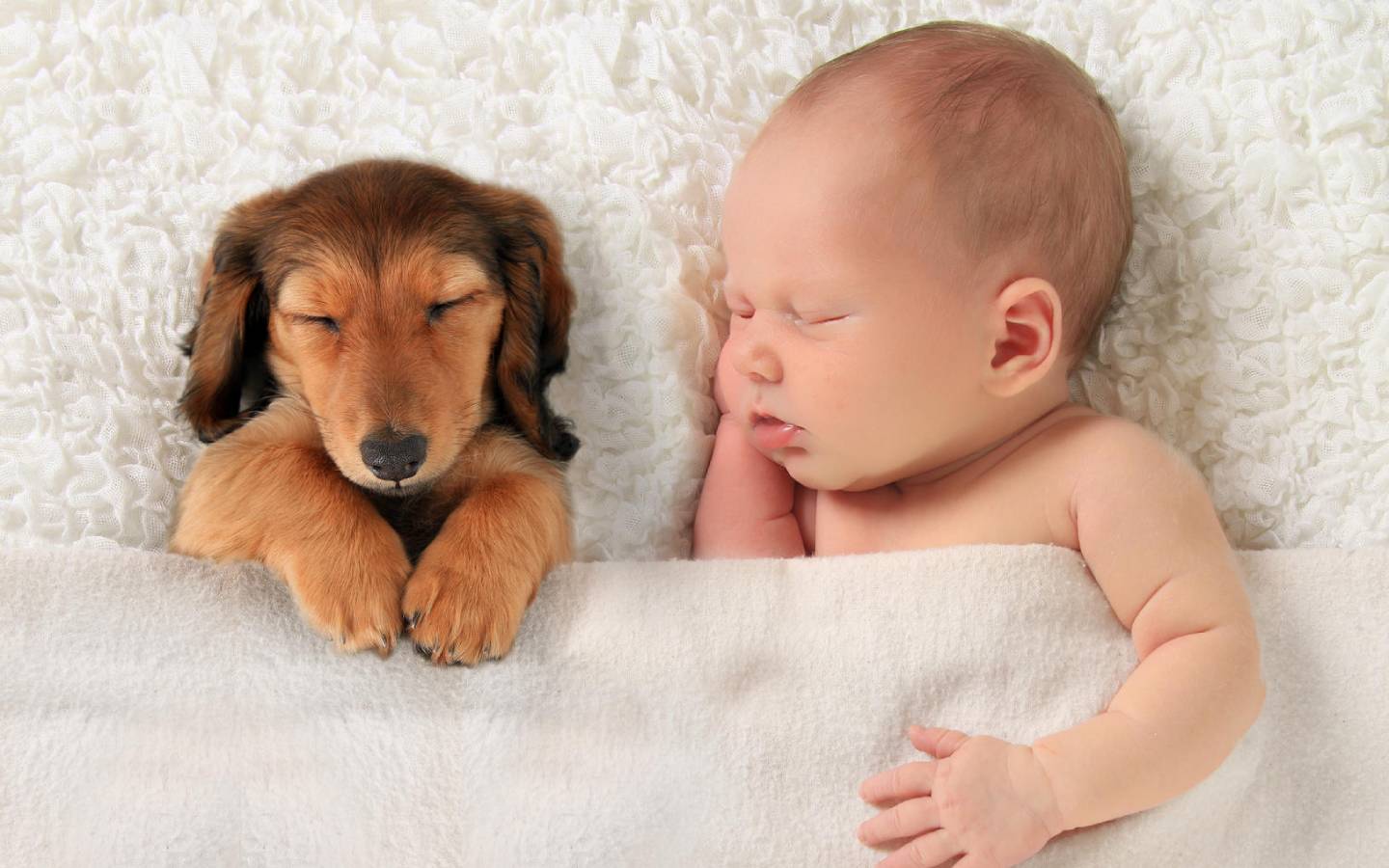What Happens to the Children Sleeping With Their Pets?

There is a belief that letting your pet sleep in bed is a bad idea. Aside from taking up space, scratching loudly, or causing allergies, the most common claim has been that your furry friend is disturbing your sleep. However, a new study tells a different story. Researchers at Concordia’s Pediatric Public Health Psychology Laboratory (PPHP) found that the surprisingly high numbers of children who share a bed with their pets are indistinguishable from those who sleep alone. ‘. “Sleeping with your pet doesn’t appear to be harmful,” said lead author of the article, PhD student Hillary Rowe. Rowe added, “In fact, children who sleep with their pets often promote better quality sleep. “
Rowe co-authored the article with her PHPP colleagues Denise Jarrin, Neressa Noel, Joanne Ramil and Jennifer McGrath, Professor of Psychology and Head of the Laboratory. The data used by the researchers comes from the results of the Healthy Heart Project, a longitudinal study funded by the Canadian Institutes of Health Research that examines the relationships between childhood stress, sleep, and circadian rhythm. Children and parents answered questionnaires about bedtime and sleep hygiene: maintaining a consistent bedtime, relaxing routine before bed, and sleeping in a quiet and comfortable room.
For two weeks, the children used portable devices and kept daily diaries to track their sleep. The children were also equipped with a special polysomnography machine to use at home at night so that the researchers could record their brain waves while they slept.
“One of the questions about sleep hygiene was whether they shared a bed with a pet,” said McGrath. “We were surprised that every third child answered yes! Following this discovery, they investigated what the existing literature says about sharing beds with animals. They found some studies with adults, but almost none with adolescents. “Sleeping with a pet is something a lot of kids do, and we don’t know how it affects their sleep,” added Rowe.
“From a sleep science perspective, we thought this was something important to look at.” “Given the broader goals of the Healthy Heart Project, we were able to consider not only bedtime and sleep duration (duration), but also time to sleep, nightlife awakening, and quality of sleep,” said McGrath. They found that the three groups were generally similar in all sleep dimensions. “The results suggest that the presence of a pet did not have a negative impact on sleep,” noted Rowe.
“In fact, we found that children who slept with their pets were more likely to report better perceived quality of sleep, especially among teenagers.” She suspects that children are more likely to regard pets as their friends and are comfortable sleeping with them. “These results also refine our thinking about improving sleep measurement technology,” added McGrath.
“Many wearable devices like the Apple Watch and Fitbit, or even the smartphones themselves, have accelerometers that detect movement to decipher sleep. Given the number of people who share their bed with their partner or pet, it may be wise to to develop an environment for sleeping together. ” to take into account the algorithm used to define falls or awakenings from sleep, which would allow for a much more accurate sleep assessment, ”concluded McGrath.